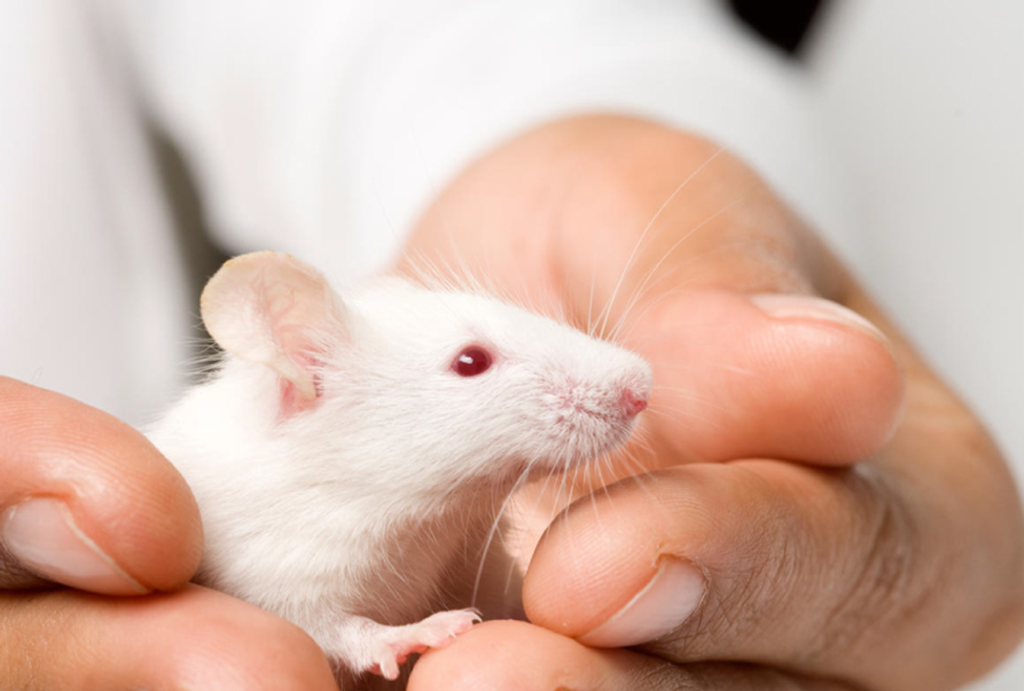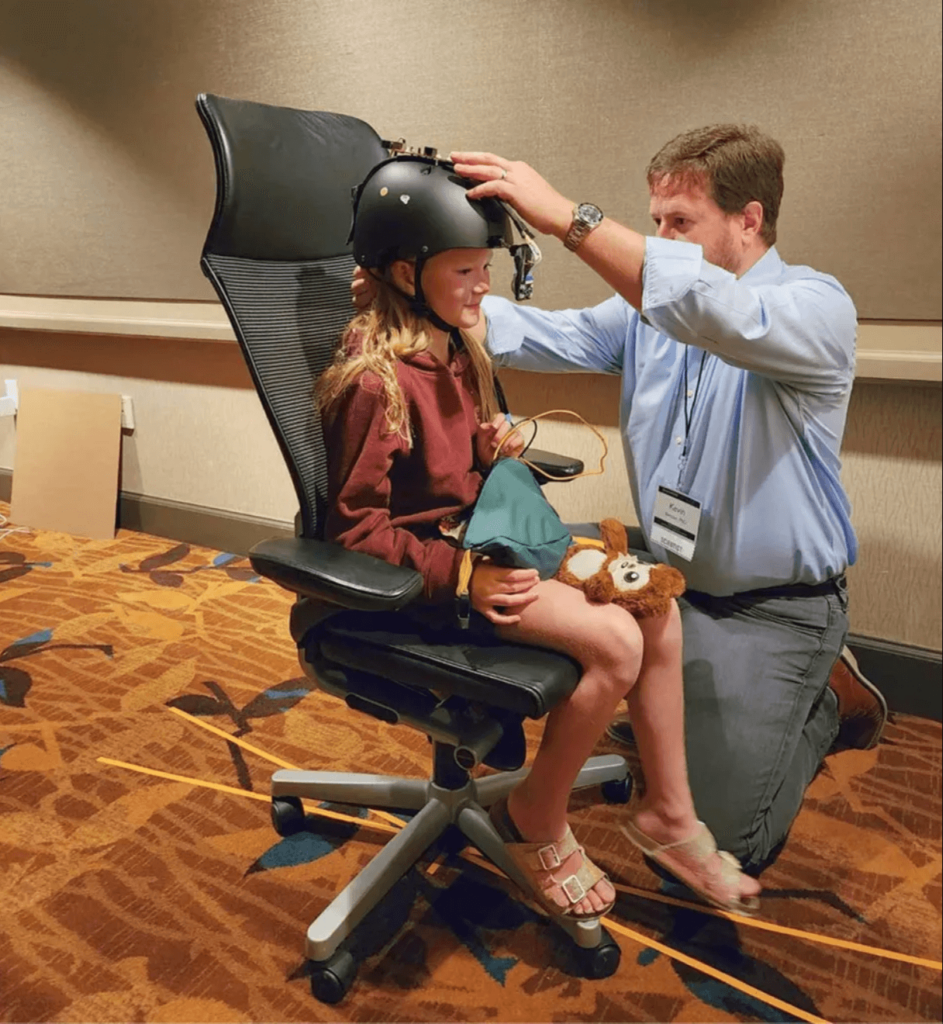Autism Spectrum Disorder (ASD) has long posed challenges in timely diagnosis and effective intervention due to its complex nature. However, a recent study led by Dr. Kevin Bender and his team at the University of San Francisco (UCSF) has revealed a groundbreaking potential in the form of a simple eye reflex test to assess autism in children. This innovative approach, utilizing a specialized eye-tracking device, could prove to be a game-changer in the realm of ASD diagnosis, particularly for children carrying a variant of the SCN2A gene associated with severe autism.
Covering the SCN2A Gene’s Role in Autism

The SCN2A gene, encoding the voltage-gated sodium channel NaV1.2, is pivotal in generating action potentials in various brain regions. Dr. Bender emphasizes its significance, stating that “SCN2A is now recognized as the single gene most likely to be affected in a child with ASD, accounting for somewhere between 0.3% and 1% of all cases.” Despite its seemingly small fraction, SCN2A dysfunction is considered a major risk factor, standing out as the leading ‘single gene’ risk factor in ASD.
Understanding the complexity of ASD, which can be influenced by a myriad of genes and environmental factors, the research team delved into studying SCN2A’s role in brain regions associated with communication and social skills, such as the hippocampus, the striatum, and the cortex.
The Cerebellum’s Connection: Key to Understanding ASD
In a significant shift, the researchers redirected their focus to the cerebellum, often called “the little brain.” Nestled beneath the cerebral hemispheres, the cerebellum is renowned for its involvement in movement and balance control processes. Dr. Bender notes, “SCN2A expression is quite high in the cerebellum, and behaviors known to be controlled by the cerebellum have been well characterized.”
The team focused intensely on the vestibulo-ocular reflex (VOR), modulated by cerebellar circuits. The VOR, a complex interplay between head and eye movements, became a focal point in understanding how SCN2A variants might manifest in behavior.
Mouse Models and Human Correlations: Connecting the Dots

Initial experiments involving mice carrying the SCN2A variant revealed an “unusually sensitive” VOR. While their eyes compensated for head movements in the opposite direction, the neural circuits within the cerebellum, responsible for refining the reflex, exhibited dysfunction. This laid the groundwork for expanding the study to children with ASD-associated alterations in SCN2A function.
Challenges in interacting with children with limited verbal repertoire and intellectual disabilities prompted the researchers to explore a reflex that required no training or command – the VOR. This reflexive behavior, happening naturally without external influence, emerged as an ideal indicator of alterations in children’s brains with SCN2A dysfunction.
The Eye-Tracking Breakthrough: Identifying Hypersensitivity in Children
Families from the FamilieSCN2A Foundation, a prominent advocacy group for children with SCN2A variants in the US, became crucial collaborators in the study. By mounting an eye-tracking camera on a helmet, the researchers observed the VOR in children with SCN2A-ASD. The results were astonishingly clear – the VOR was hypersensitive in these children, mirroring the findings observed in the SCN2A mice.
The measurement of VOR gain, the amplitude of eye movements relative to head movement, provided a distinctive marker. Even at slow head movement speeds, VOR gain in SCN2A-ASD children was closer to 1.0, a phenomenon described by Dr. Bender as a “superpower” exhibited by both SCN2A mice and children.
Autism in Children: CRISPR Technology and Therapeutic Potential
The study’s innovative approach extended to utilizing CRISPR activator (CRISPRa) technology to explore therapeutic interventions. By upregulating the SCN2A gene in mice, researchers aimed to restore the VOR to normal levels. The results indicated that early intervention could lead to a significant improvement in VOR rigidity.
This raises the prospect of leveraging such therapeutic interventions to enhance the quality of life for individuals with SCN2A-ASD. The age at which intervention occurs is crucial, as demonstrated by the restoration of normal VOR in 3-day-old mice compared to the partial improvement in 30-day-old mice.
Translating Findings to Clinical Application: Challenges and Hope
Despite the promising results, Dr. Bender emphasizes the need for cautious optimism. While groundbreaking, the study compared mice to humans on a relatively small scale. Replicating these findings in a larger cohort is critical for clinical application.
The research team’s future goal involves expanding this innovative approach to other ASD-associated genes. Dr. Bender envisions a broader application of this diagnostic tool, stating, “We’ve seen this relationship between cerebellum-dependent reflexive eye movements and SCN2A loss—is this a relationship that exists only between SCN2A and VOR, or would similar relationships occur if we examined other ASD-associated genes?”
In conclusion, the potential of a simple eye reflex test to assess autism spectrum disorder (ASD) represents a significant stride in the field. While challenges lie ahead regarding replication, validation, and broader application, the hope is tangible. The prospect of early diagnosis and targeted interventions based on cerebellum-dependent reflexive eye movements opens up a new frontier in understanding and addressing the complexities of ASD. As research progresses, the transformative impact of this approach could revolutionize the landscape of ASD diagnosis and treatment, offering newfound hope to individuals and families affected by this neurodevelopmental disorder.
Reference
Could We Assess Autism in Children with a Simple Eye Reflex Test? [Internet]. University of California San Francisco (Accessed on March 07, 2024). Available from: https://www.ucsf.edu/news/2024/02/427171/could-we-assess-autism-children-simple-eye-reflex-test#:~:text=Scientists%20at%20UC%20San%20Francisco,are%20hypersensitive%20to%20this%20motion.
About Docquity
If you need more confidence and insights to boost careers in healthcare, expanding the network to other healthcare professionals to practice peer-to-peer learning might be the answer. One way to do it is by joining a social platform for healthcare professionals, such as Docquity.
Docquity is an AI-based state-of-the-art private & secure continual learning network of verified doctors, bringing you real-time knowledge from thousands of doctors worldwide. Today, Docquity has over 400,000 doctors spread across six countries in Asia. Meet experts and trusted peers across Asia where you can safely discuss clinical cases, get up-to-date insights from webinars and research journals, and earn CME/CPD credits through certified courses from Docquity Academy. All with the ease of a mobile app available on Android & iOS platforms!







